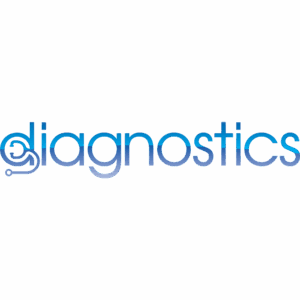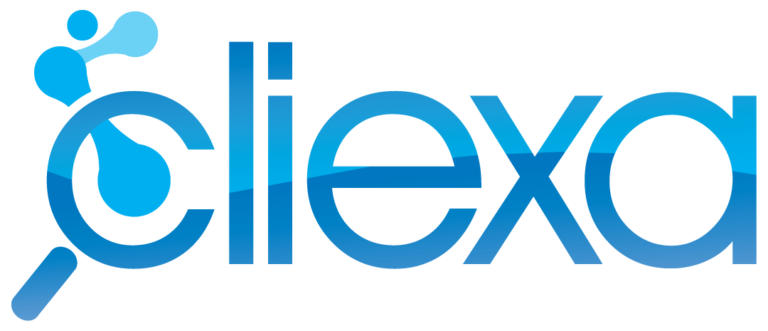Partner Type
Research Collaboration with University of Colorado, Boulder
Challenge
Inability to predict long-term lower back pain outcomes using traditional data
Result
Identified emotional wellbeing as a top predictor, enabling early interventions
Solution Used
cliexaTrac + cliexaProtocols + cliexaDiagnostics + cliexaProspect
Patients Involved
65
Pilot Period
6 months
Predictive Accuracy
85% bodily expressions, 82% feeling ratings, 88% combined
Patient Response
70% said AI predictions aligned with their actual pain after 2 weeks
The Urgency Behind Personalized Risk Detection
Healthcare leaders are no longer passively observing digital transformation:
- 90 % of health system C‑suite executives expect the acceleration of digital technologies, including AI and predictive analytics in 2025.
- Only 57 % of healthcare data is currently leveraged to inform business and clinical decisions, even though over 90 % of leaders agree that high-quality data directly impacts organizational performance.
This stark contrast between urgency and utilization highlights a major opportunity: healthcare analytics isn’t about collecting data anymore, it’s about activating insights to predict and prevent decline.
That brings us to this case study. After embedding patient-reported emotional and physical data into an AI framework, cliexa helped clinicians predict lower back pain trajectories up to two weeks in advance, enabling personalized interventions that were previously impossible.
Challenges in Pain Management
Lower back pain (LBP), a leading chronic condition, is notoriously difficult to predict due to fluctuating physical, emotional, and lifestyle factors. In a six-month pilot at the University of Colorado, Boulder, cliexa tackled three major obstacles:
- Predicting Pain Levels Accurately Over Time: Accurately predicting pain levels over time is challenging due to the fluctuating nature of pain, which can be influenced by various factors including physical activity, stress levels, and treatment adherence.
- Incorporating Emotional and Physical Health Metrics: Integrating both emotional and physical health metrics into pain management is crucial because pain perception is multifaceted, involving psychological and physiological components that need to be addressed for effective treatment.
- Developing Personalized Treatment Plans Based on Predictive Analytics: Creating personalized treatment plans based on predictive analytics involves using advanced data analysis to tailor interventions to individual patient needs, enhancing treatment efficacy and patient outcomes.
Our Approach: The cliexa Solution
The methodology was designed to capture a holistic view of the patient’s experience and use it to forecast future pain.
Study Design: The analysis was based on data from a prospective study involving 65 adults with diagnosed chronic lower back pain (LBP). The study utilized two sets of predictive features—bodily expressions and feeling ratings—to forecast LBP patients’ pain levels two weeks in advance.
Data Collection Platform: Participants used cliexa-Trac, our specialized mobile health platform, to complete two baseline assessments before any treatment began.
- Model Validation: The predictive model was validated through a structured approach, including hyperparameter tuning and cross-validation techniques, ensuring robust and reliable predictions.
Key Predictive Inputs: Over the assessment period, patients used the platform to report on two primary sets of data:
Emotional “Feeling” Ratings: Quantified ratings for 11 distinct emotional states, such as stress, fatigue, and positive affect.
Emotional Body Maps: Visual representations where patients mapped the physical location of these feelings onto a digital body form, which the case study refers to as “Bodily Expressions.”
Predictive Goal: The objective was to use this unique combination of emotional and somatic data, analyzed by our machine learning models, to accurately forecast a patient’s LBP intensity two weeks in the future.
Clinical Result: This high level of predictive accuracy enabled clinicians to make more informed decisions about patient care, tailoring interventions based on anticipated pain levels.
Real-World Results
Enhanced Predictive Accuracy
Bodily expressions and feeling ratings
The platform achieved a predictive accuracy of 85% when using bodily expressions and 82% when using feeling ratings.
88% combined accuracy
The combined use of bodily expressions and feeling ratings improved the overall predictive accuracy to 88%.
70% accuracy in pain level predictions
70% of patients reported that the predictions aligned closely with their actual pain levels experienced after two weeks.
Improved Patient Engagement
60% increase in patient engagement
Real-time data collection through the cliexa mobile platform resulted in a 60% increase in patient engagement, as measured by the frequency of patient-reported outcomes and interaction with the platform.
45% improvement in adherence
Patients using the platform showed a 45% improvement in adherence to prescribed treatment plans, facilitated by timely reminders and personalized feedback.
80% higher satisfaction
80% of patients reported higher satisfaction with their pain management plans, citing the personalized and predictive nature of the platform as key benefits.
Platforms Used

Predict Risk Sooner. Improve Outcomes Faster.
Contact us to see how cliexa’s AI-powered insights can help your team identify high-risk patients early so you can intervene faster.

